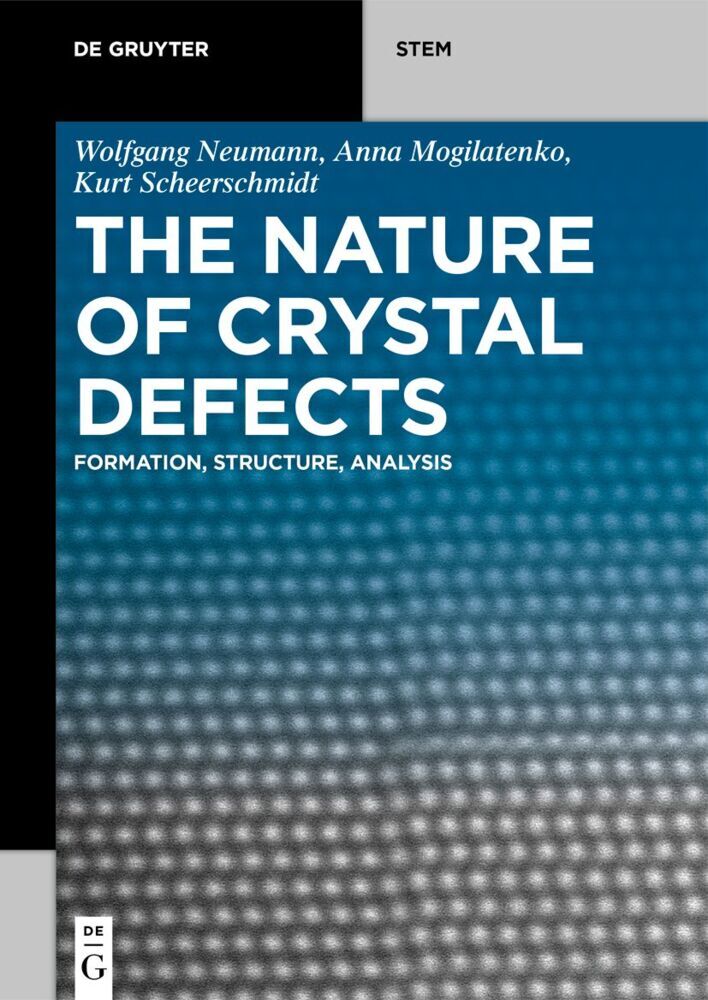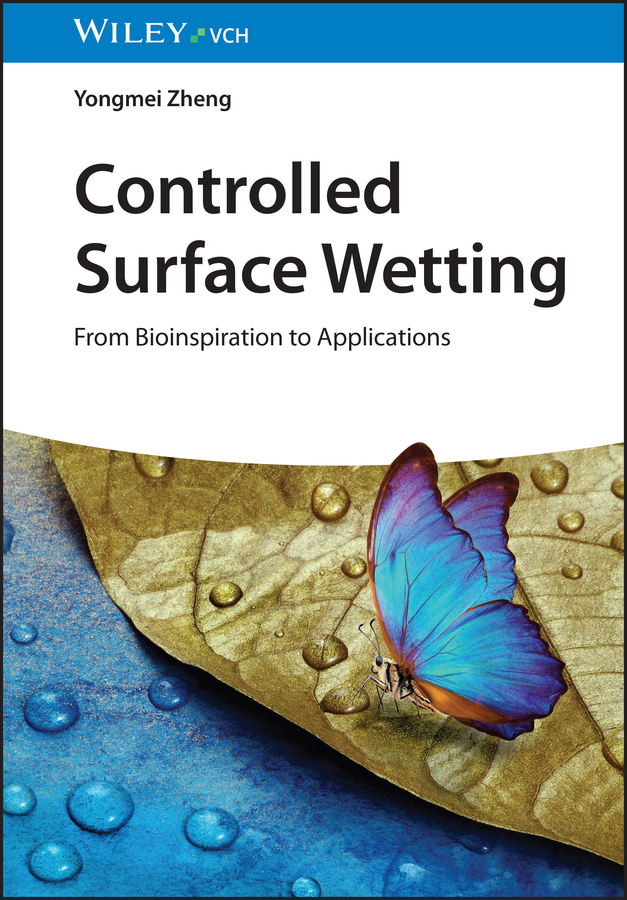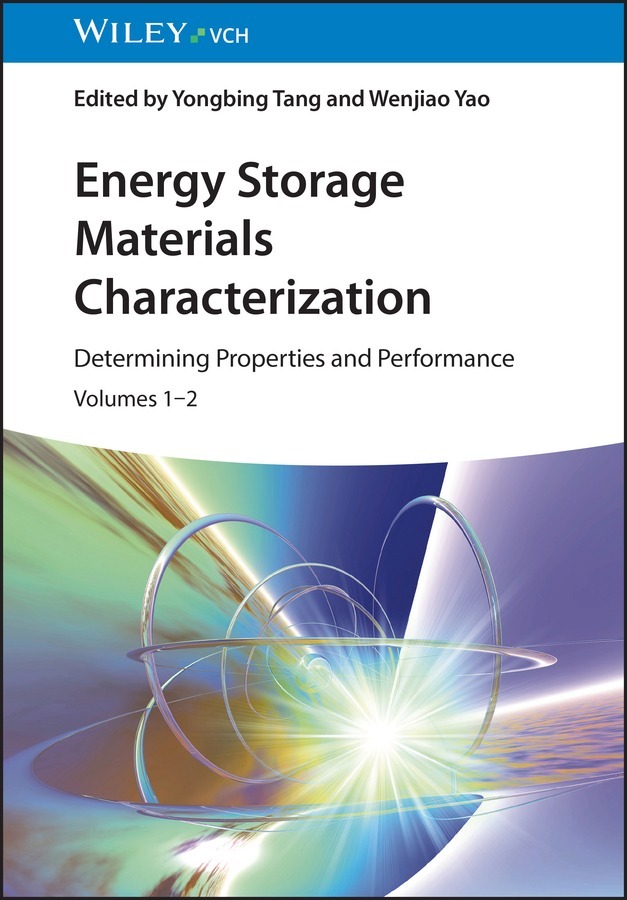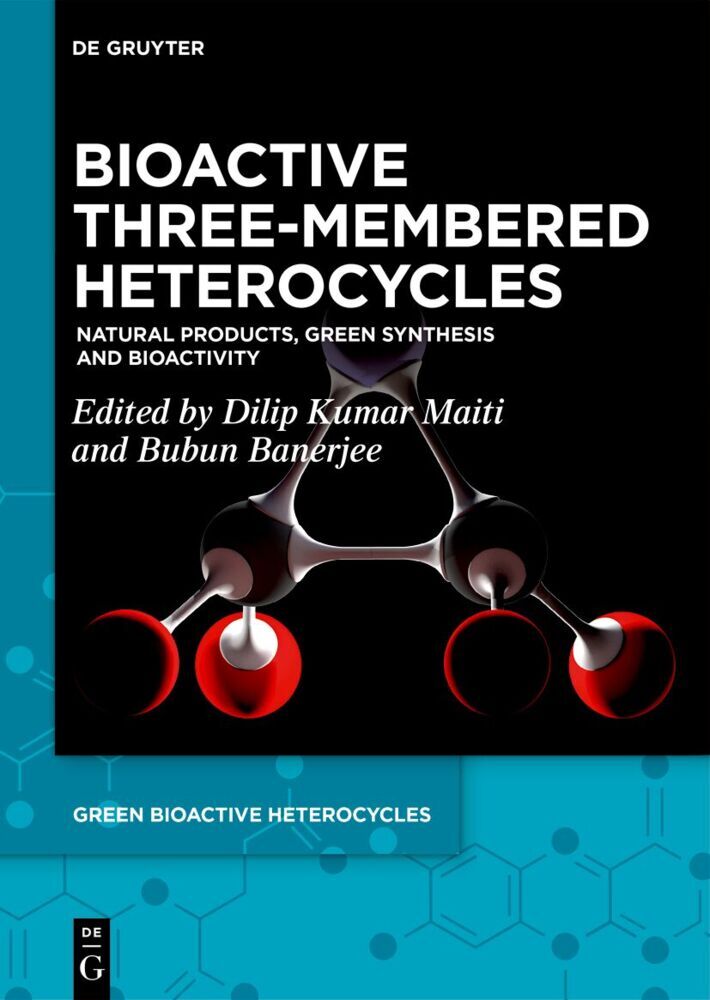Handbook of Nanocelluloses
Handbook of Nanocelluloses
This Handbook covers the fundamental aspects, experimental setup, synthesis, properties, and characterization of different nanocelluloses. It also explores the technology challenges of nanocelluloses and the emerging applications and the global markets of nanocelluloses-based systems. In particular, this book:
· Covers the history of nanocelluloses, types and classifications, fabrication techniques, critical processing parameters, physical and chemical properties, surface functionalization, and other treatments to allow practical applications.
· Covers all recent aspects of nanocelluloses technologies, from experimental set-up to industrial applications.
· Includes new physical, chemical and biological techniques for nanocelluloses fabrication, in-depth treatment of their surface functionalization, and characterization.· Discusses the unique properties of nanocelluloses that can be obtained by modifying their diameter, morphology, composition and dispersion in other materials.
· Discusses the properties and morphology of several kinds of dispersion in polymeric materials, such as micro/nanofiberlated cellulose, cellulose nanofibers, cellulose nanocrystals, amorphous cellulose nanoparticles, and hybrid cellulose nanomaterials.
· Presents the different techniques for dispersion, and self-assembly of polymeric materials, critical parameters of synthesis, modelling and simulation, and characterization methods.
· Highlights a wide range of emerging applications of nanocelluloses, e.g. drug delivery, tissue engineering, medical implants, medical diagnostics and therapy, biosensors, catalysis, energy harvesting, energy storage, water/waste treatment, papermaking, textiles, construction industry, automotive, aerospace and many more.
· Provides an outlook on the opportunities and challenges for the fabrication and manufacturing of nanocelluloses in industry.
· Provides an in-depth look at the nature of nanocelluloses in terms of their applicability for industrial uses.
· Provides in-depth insight and review on most recent types of nanocelluloses-based systems of unique structures and compositions.
· Highlights the challenges and interdisciplinary perspective of nanocelluloses-based systems in science, biology, engineering, medicine, and technology, incorporating both fundamentals and applications.
- Demonstrates how cutting-edge developments in nanofibers translate into real-world innovations in a range of industry sectors.
This Handbook is a valuable reference for materials scientists, biologists, physicians, chemical, biomedical, manufacturing and mechanical engineers working in R&D industry and academia, who want to learn more about how nanocelluloses-based systems are commercially applied.
Volume I: Fundamental aspects, classification, properties, experimental setup, synthesis, and physicochemical characterization
Part I: Fundamental aspects, classifications, and properties
Chapter 1: Introduction to abroad family of nanocellulosesChapter 2: Types and classifications of cellulose nanomaterials
Chapter 3: Raw materials for synthesis of cellulose nanomaterials
Chapter 4: Chemical structure and properties of cellulose nanomaterials
Chapter 5: Self-Assembly of Native Cellulose Nanostructures
Part II: Experimental setup and synthesis techniques
Chapter 6: Physical methods for synthesis of cellulose nanomaterials
Chapter 7: chemical methods for synthesis of cellulose nanomaterials
Chapter 8: biological methods for synthesis of cellulose nanomaterials
Chapter 9: Synthesis of cellulose nanofibersChapter 10: Synthesis of cellulose nanocrystals
Chapter 11: Synthesis of cellulose nanoparticles
Chapter 12: Synthesis of cellulose hydrogel
Chapter 13: Synthesis of cellulose aerogel
Chapter 14: Extraction of cellulose nanomaterials from industrial waste
Part III: Surface Functionalization and Processing Techniques
Chapter 15: Gas phase modification of cellulose nanomaterials
Chapter 16: Liquid phase modification of cellulose nanomaterials
Chapter 17: Grafting of cellulose nanomaterials
Chapter 18: Deposition of Metal/metal oxide onto cellulose nanomaterials
Chapter 19: Polymer nanocomposite based cellulose nanomaterials
Chapter 20: Synthesis of carbon aerogel from cellulose based nanomaterials
Part IV: Unique Properties and Characterization of nanocelluloses
Chapter 21: Rheological Properties of Nanocelluloses
Chapter 22: Barrier properties of cellulose nanomaterials
Chapter 23: Biocompatibility of cellulose nanomaterials
Chapter 24: Physicochemical characterization of nanocelluloses
Chapter 25: Spectroscopic characterization of nanocelluloses
Chapter 26: Challenges and future aspects for commercialization of nanocelluloses
Volume II: Global markets, technologies and emerging applications
Part II-1: Energy production and Energy Storage
Chapter 27: Cellulose nanomaterials for solar cells
Chapter 28: Cellulose nanomaterials for Fuel cells
Chapter 29: Cellulose nanomaterials for batteries
Chapter 30: Cellulose nanomaterials for supercapacitorsChapter 31: Cellulose nanomaterials for catalysis and electrocatalysis applications
Part II-2: Environmental applications
Chapter 32: Cellulose nanomaterials for membrane applications
Chapter 33: Cellulose nanomaterials for as adsorbent for wastewater treatment
Chapter 34: Cellulose nanomaterials for water desalination
Chapter 35: Cellulose nanomaterials for oil separation
Chapter 36: Cellulose nanomaterials for air filtration and purification
Part II-3: Health applications
Chapter 37: Functional cellulose nanomaterials for drug releasing and medical prosthesis
Chapter 38: Cellulose nanomaterials for tissue engineering, scaffold and cosmetic skin mask
Chapter 39: Cellulose nanomaterials and their applications in medical implant
Chapter 40: Membrane based cellulose nanomaterials for health applications
Chapter 41: Cellulose nanomaterials for biosensor applications
Chapter 42: Cellulose nanomaterials for cosmetic and pharmaceutical
Part II-4: Constructions and other applications
Chapter 43: Nanostructured fibers as thin films and nanocoatings
Chapter 44: Applications of cellulose nanomaterials in automotive and aerospace
Chapter 45: Application of cellulose nanomaterials in military protective clothing
Chapter 46: Application of cellulose nanomaterials in papermaking
Chapter 47: Application of cellulose nanomaterials in food packaging
Chapter 48: Application of cellulose nanomaterials in electronic devices.
Chapter 49: Tuning of electrical and magnetic properties for electromagnetic shielding
Chapter 50: Challenges and future aspects for industrial use of nanocelluloses
Barhoum, Ahmed
| ISBN | 978-3-030-89622-5 |
|---|---|
| Artikelnummer | 9783030896225 |
| Medientyp | Non Books |
| Auflage | 1st ed. 2022 |
| Copyrightjahr | 2022 |
| Verlag | Springer, Berlin |
| Umfang | XVI, 1100 Seiten |
| Abbildungen | XVI, 1100 p. 150 illus. in color. Print + eReference. |
| Sprache | Englisch |







